How to Become an Officer in Indian Army?
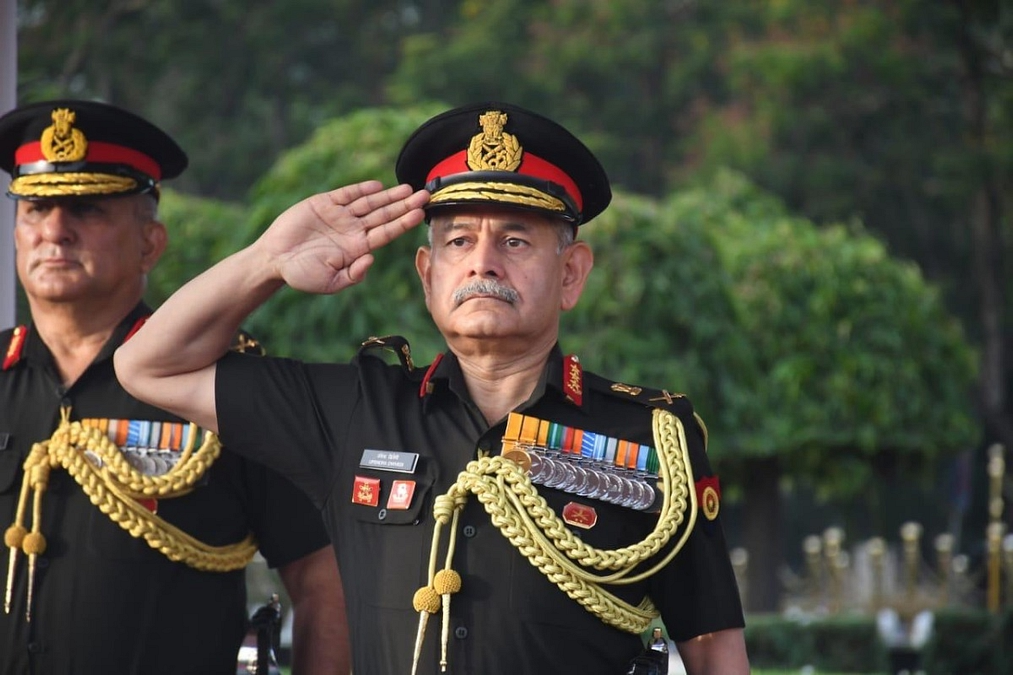
Becoming an officer in the Indian Army is a pursuit that attracts thousands of aspiring candidates every year. The allure of serving the nation, coupled with the prospect of a disciplined and valorous career, makes this path both significant and prestigious. However, the journey to don the uniform involves navigating a rigorous selection process, fulfilling specific eligibility criteria, and undergoing comprehensive training. In this article, we will delve into the step-by-step process of how to become an officer in the Indian Army, examining the various entry routes, selection processes, and training protocols.
Historical Context
The Indian Army has a long and rich history, rooted deeply in the fight for independence and the subsequent safeguarding of the nation's sovereignty. Over the years, the role of officers has evolved significantly, reflecting changes in warfare strategies, technological advancements, and global military standards. The establishment of structured entry pathways and a comprehensive selection process signifies the importance of nurturing capable leaders with the right skill sets and commitment to serve the country.
Pathways to Become an Officer
There are several avenues through which candidates can join the Indian Army as officers. The selection process and eligibility criteria differ significantly based on the entry route chosen. Here are the primary pathways:
1. National Defence Academy (NDA)
The NDA is one of the most sought-after entry points for aspiring officers. Conducted by the Union Public Service Commission (UPSC), this entry route encompasses the following:
- Eligibility: Candidates must be aged between 16.5 and 19.5 years and have completed their 10+2 education. Both unmarried males and females are eligible to apply.
- Selection Process: The NDA selection method consists of a written examination followed by the Services Selection Board (SSB) interview. The written exam evaluates candidates on their subjects, including Mathematics, General Science, and English.
- Training: Successful candidates undergo a rigorous 3-year training program at the NDA in Khadakwasla, near Pune. The training includes military training, physical fitness, and academic curriculum.
2. Combined Defence Services (CDS) Examination
The CDS examination is another prominent route for graduates wishing to become officers.
- Eligibility: Candidates must possess a graduate degree in any discipline, and the age limit ranges from 19 to 24 years for Indian Military Academy (IMA) entry. For Officers Training Academy (OTA), graduates, irrespective of their discipline, can apply.
- Selection Process: Similar to the NDA, the CDS involves a written examination followed by the SSB selection process.
- Training: Candidates successful in the CDS examination undergo training at IMA Dehradun or OTA Chennai, with the training period extending for approximately 11 months.
3. Technical Graduate Course (TGC)
The TGC is specifically tailored for male engineering graduates:
- Eligibility: Candidates should possess a B.E/B. Tech degree and must be between 20 to 27 years for entry.
- Selection Process: Selection is through direct SSB interviews without a preceding written exam.
- Training: Training occurs at IMA.
4. Short Service Commission (SSC) Tech
Male and Female engineering graduates can apply through the SSC Tech route:
- Eligibility: Candidates need to be within the age bracket of 19 to 27 years.
- Selection Process: Candidates are shortlisted based on the engineering marks followed by the SSB interview.
- Training: Train at OTA Gaya, with the duration being around 11 months.
5. National Cadet Corps (NCC)
The NCC pathway is an excellent alternative for those who have participated in the NCC:
- Eligibility: An 'B' or 'C' certificate is mandatory for eligibility.
- Selection Process: Candidates are granted an SSB interview based on their NCC qualifications.
6. Army Cadet College (ACC) Entry
This entry route is exclusively for serving soldiers:
- Eligibility: Must be aged between 20 to 27 years and have at least two years of service.
- Selection Process: It involves a written examination, SSB screening, and medical evaluation.
- Training: The training duration is 3 years, followed by 1 year of pre-commission training.
7. Special Commissioned Officers (SCO) Scheme
The SCO scheme is for existing Junior Commissioned Officers (JCOs) and Non-Commissioned Officers (NCOs):
- Eligibility: Candidates must be in the age range of 28 to 35 years.
- Training: Candidates receive pre-commission training at OTA Gaya.
7. JAG Entry
A special entry for the male and female law graduates to join the JAG branch of the Indian Army.
- Eligibility: A law graduate with CLAT score.
- Training: Candidates receive pre-commission training at OTA Chennai.
Selection Process in Detail
Understanding the selection process is essential for aspiring candidates. The overarching objective is to identify individuals with the right aptitude, attitude, and physical fitness. Here are the key steps involved in the selection process:
Initial Shortlisting
- Application Submission: Candidates need to fill out online applications via the official Indian Army recruitment portal. The applications are scrutinized by the Recruiting Directorate Army Headquarters.
Written Examination
- UPSC Examinations: The written examinations for NDA and CDS are conducted by the UPSC. The questions gauge aptitude in various subjects, including Mathematics, General Knowledge, and English.
Services Selection Board (SSB) Interview
- Two-Stage Selection: The SSB interview spans over five days and includes psychological tests, group tasks, and personal interviews. The first stage consists of a screening test, and candidates who fail this stage are returned on the same day.
- Personality Assessment: The second stage includes comprehensive personality assessments to evaluate candidates based on their problem-solving abilities, adaptability, and leadership potential.
Medical Examination
- Medical Fitness: Candidates recommended by the SSB undergo a medical examination conducted by a Board of Service Medical Officers. If found unfit, candidates can appeal to the Appeal Medical Board (AMB) within 42 days of their medical evaluation.
Training: The Foundation of Leadership
Training is a pivotal phase in shaping the future of officer candidates. The intensity and quality of training aim to ensure that candidates develop the physical, mental, and emotional resilience necessary for their roles.
Officers Training Academy (OTA)
- Duration and Curriculum: Selected candidates for the CDS and SSC entries undergo approximately 11 months of comprehensive training at OTA Chennai or Gaya. The training regimen involves military exercises, leadership drills, physical education, and academic classes.
- Character Building: The training emphasizes ethical conduct, discipline, and team-building while forging bonds among the trainees.
Merit List and Final Selection
Final selections are based on a merit list generated from candidates' performances at the SSB. Only those who meet the medical fitness standards and are within the stipulated vacancies receive joining instructions.
Additional Requirements
- Physical Fitness: Candidates must meet rigorous physical standards to ensure readiness for the demands of military service.
- Marital Status: Candidates cannot be married during the training phase. Marriages contracted after application but before the training can lead to disqualification.
Challenges and Solutions
Challenges Faced by Candidates
- Rigorous Preparation: The selection process is daunting, requiring both mental and physical readiness.
- Competition: Thousands of candidates compete for a limited number of positions, leading to heightened pressure.
- Financial Constraints: Some candidates may face financial hardships that limit their ability to prepare adequately.
Solutions to Overcome Challenges
- Proper Guidance: Enrolling in preparatory courses, such as those offered by SSBCrack and SSBCrackExams, can equip candidates with necessary strategies and materials.
- Publications and Resources: Utilizing books, online courses, and eBooks can provide candidates with invaluable insights into the syllabus and exam format.
- Physical Training Routines: Developing a disciplined physical training routine can boost physical fitness.
Future Trends and Predictions
With changing geopolitical situations, the Indian Army continues to evolve its recruitment and training processes. There is a growing emphasis on technology and innovation:
- Incorporating Technology: The use of AI and virtual reality in training environments is expected to enhance preparation methods for the candidates.
- Focus on Soft Skills: As modern warfare evolves, there is an emphasis on candidates developing soft skills such as emotional intelligence, adaptability, and strategic thinking.
Conclusion
Embarking on the path to become an officer in the Indian Army is both challenging and rewarding. The commitment to serve the nation demands resilience, discipline, and aptitude, and understanding the various entry routes, selection processes, and training protocols lays a solid foundation for aspiring candidates. As individuals prepare for this noble journey, resources like SSBCrack and SSBCrackExams offer invaluable aid in navigating this intricate landscape of military recruitment. Those who persevere and meet the high standards set forth by the Indian Army will undoubtedly find themselves at the helm of one of the most respected professions in the nation. Meanwhile, keeping abreast of updates from the Indian Army’s official website is crucial for ensuring candidates remain informed about the latest notifications and requirements. Pursuing a career as an officer in the Indian Army is not just a job; it's a calling to serve one's country with honor and integrity.
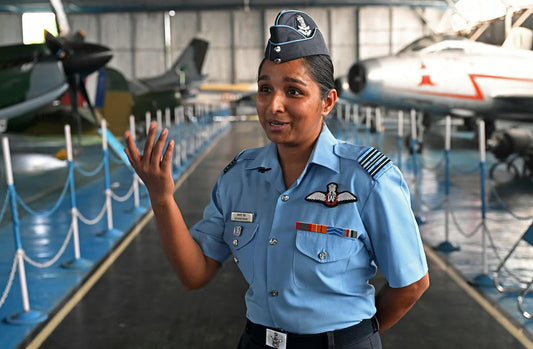
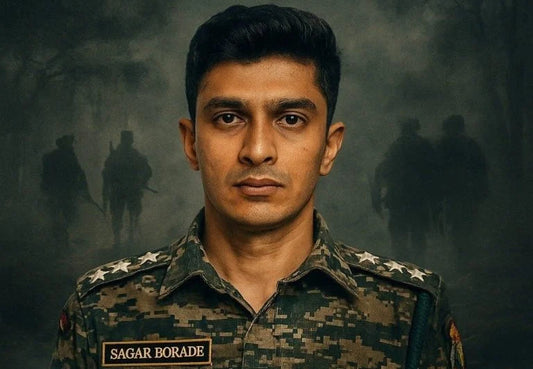
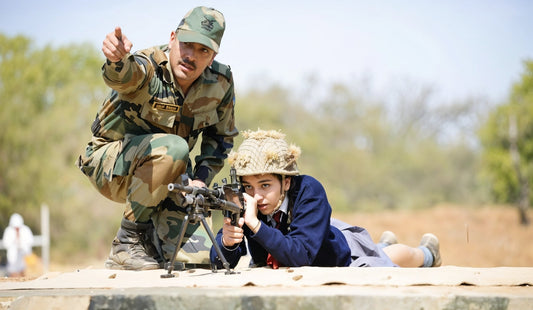
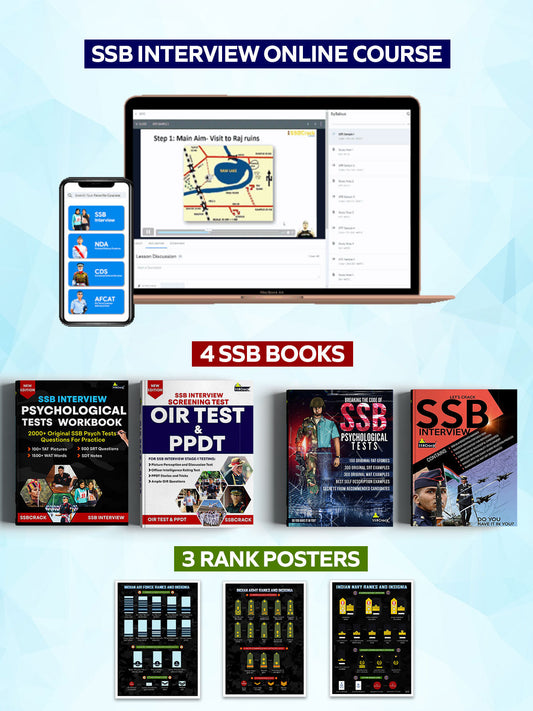
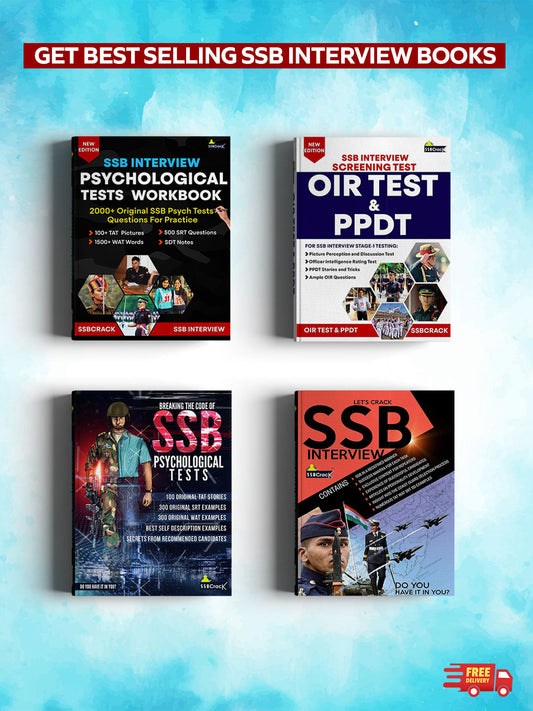
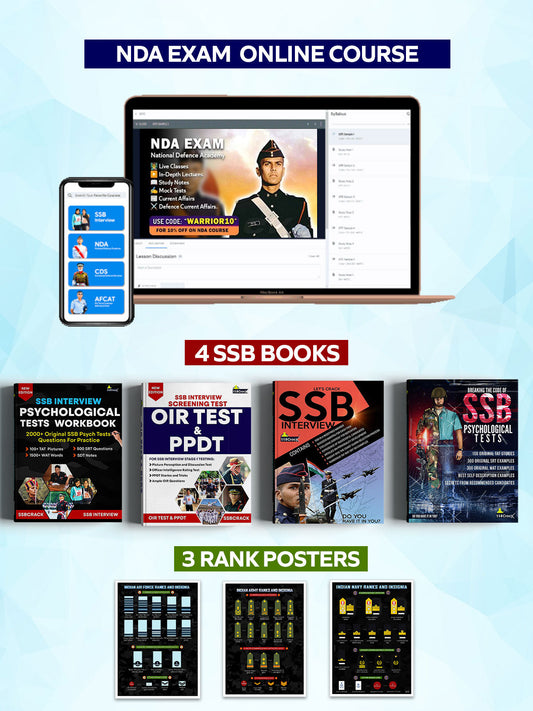
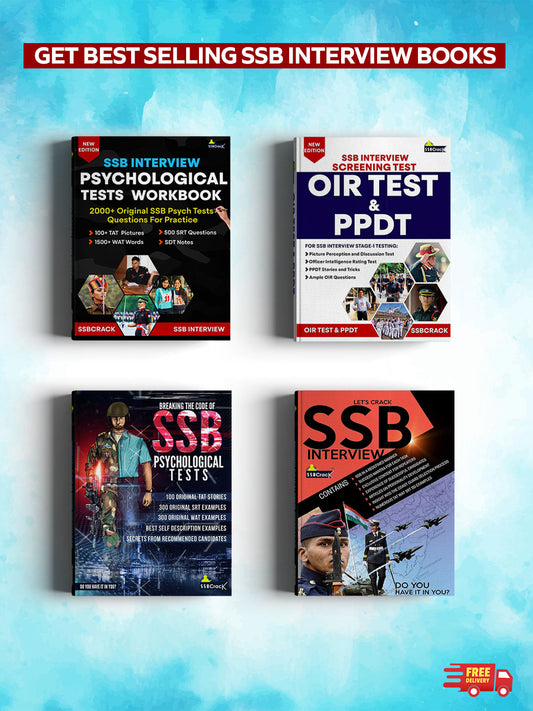
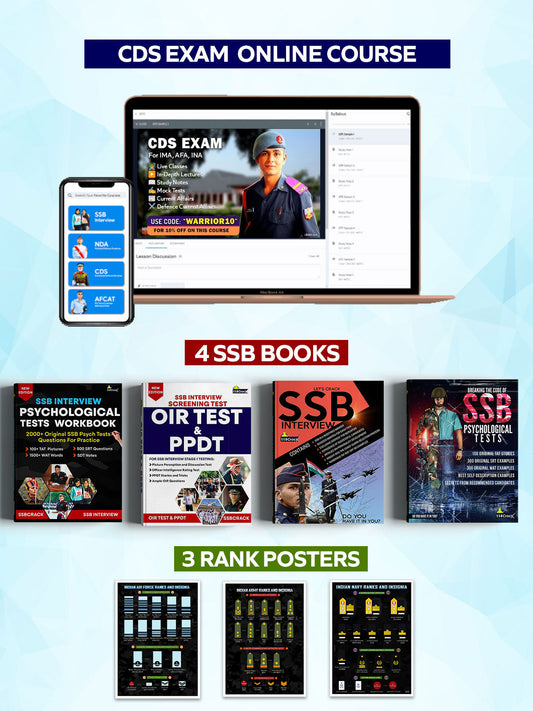
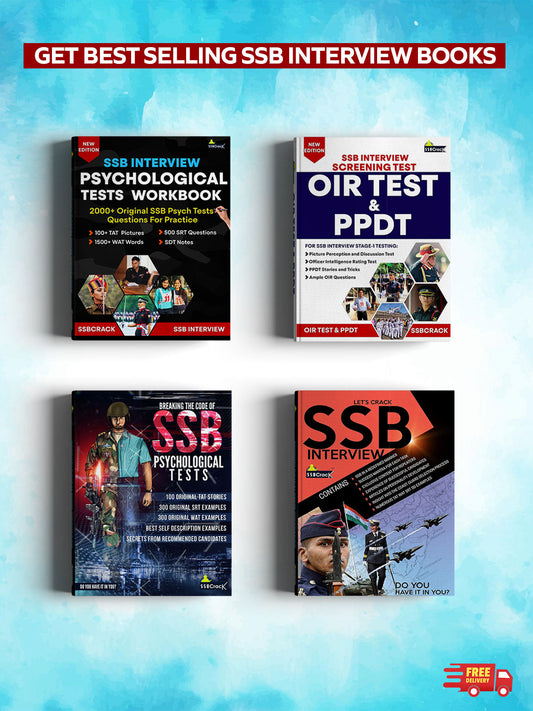
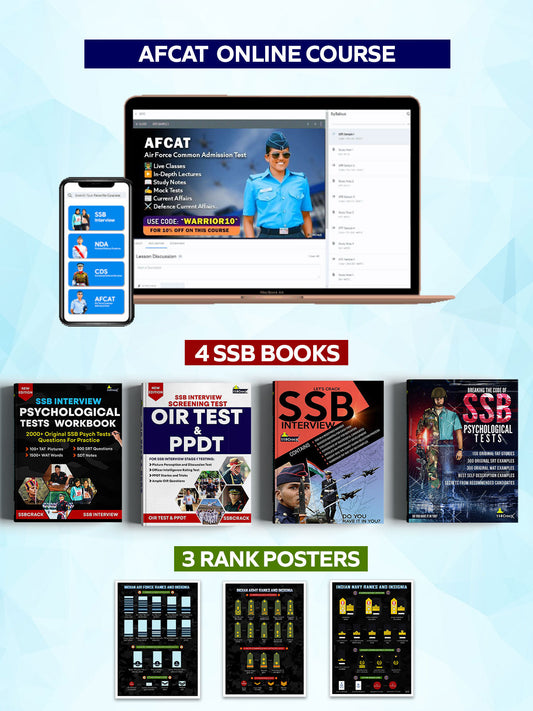
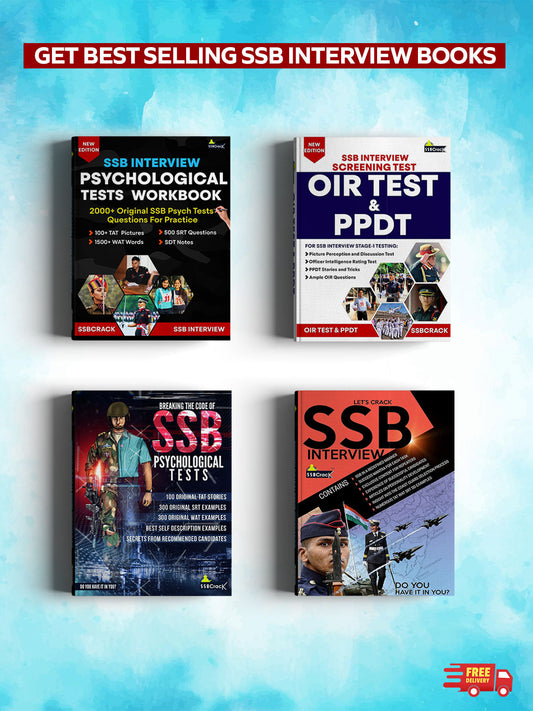
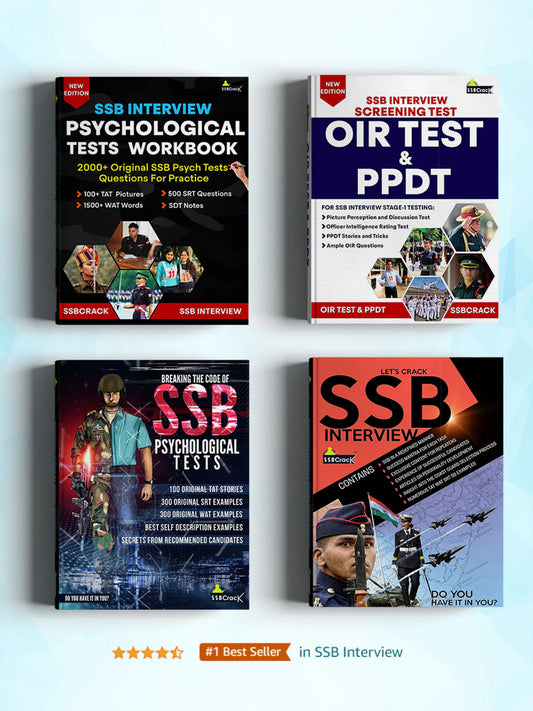
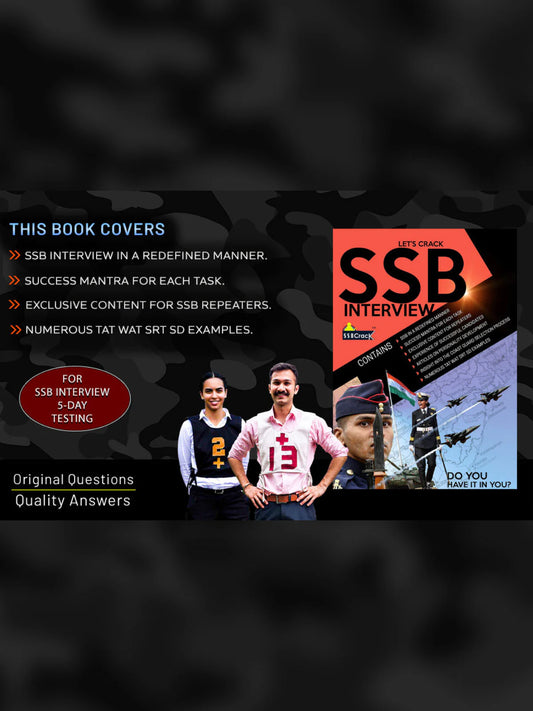
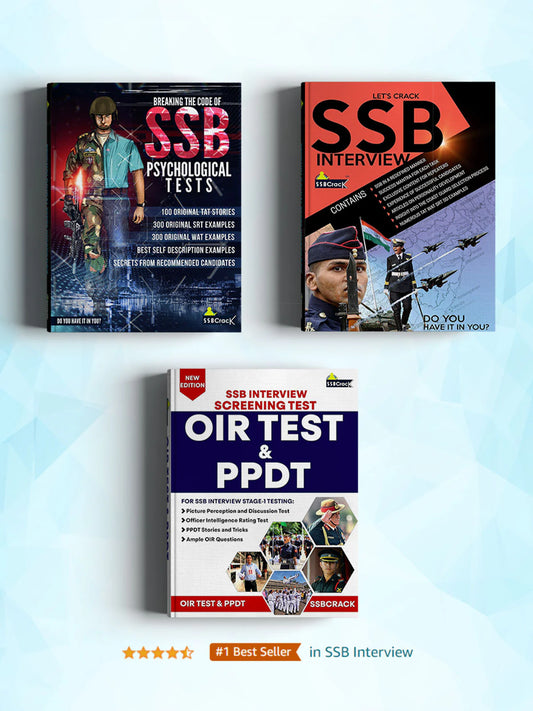
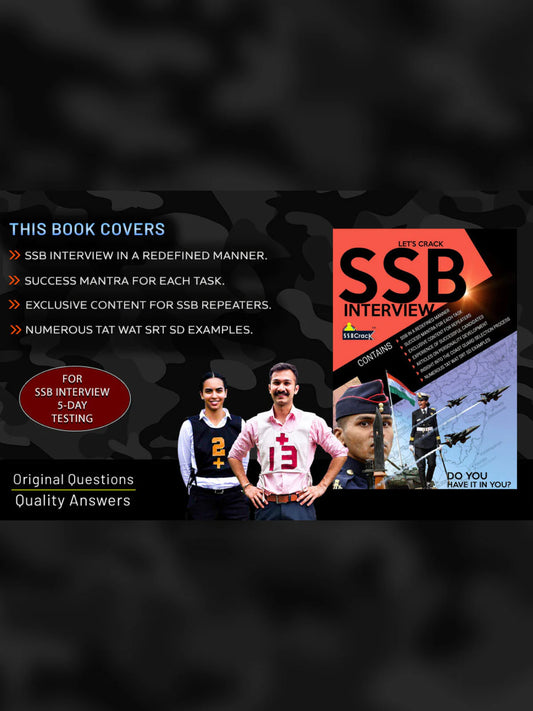
![Let's Crack SSB Interview Book [Paperback]](http://shop.ssbcrack.com/cdn/shop/files/ssb-books.webp?v=1736351621&width=533)
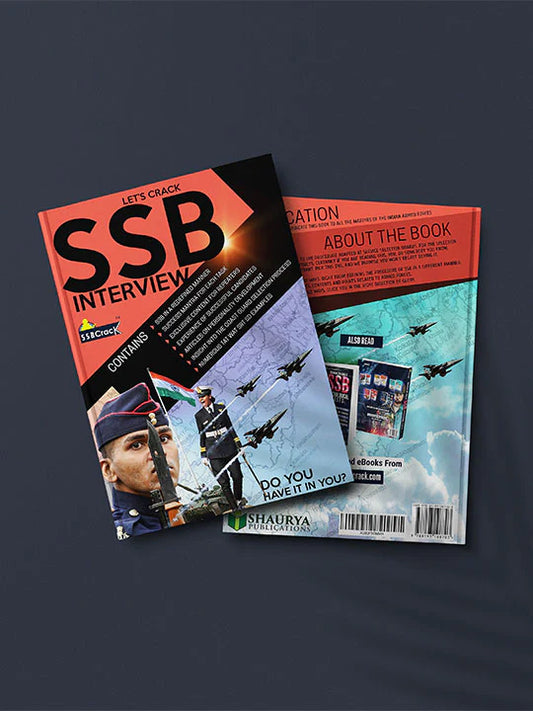
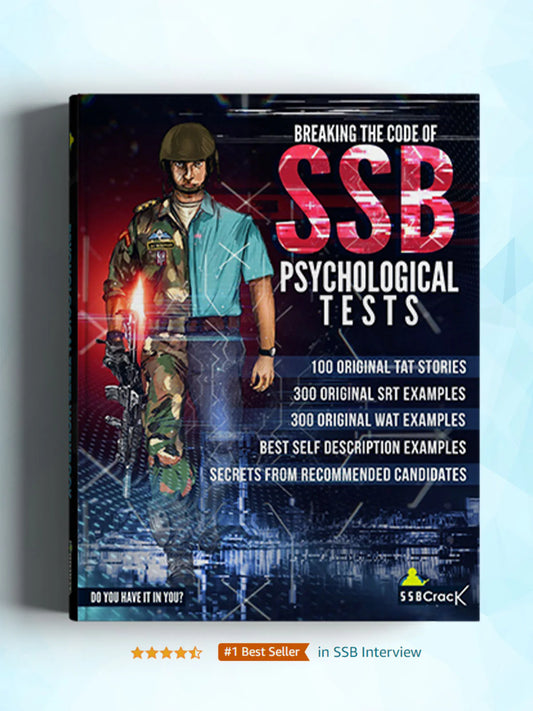
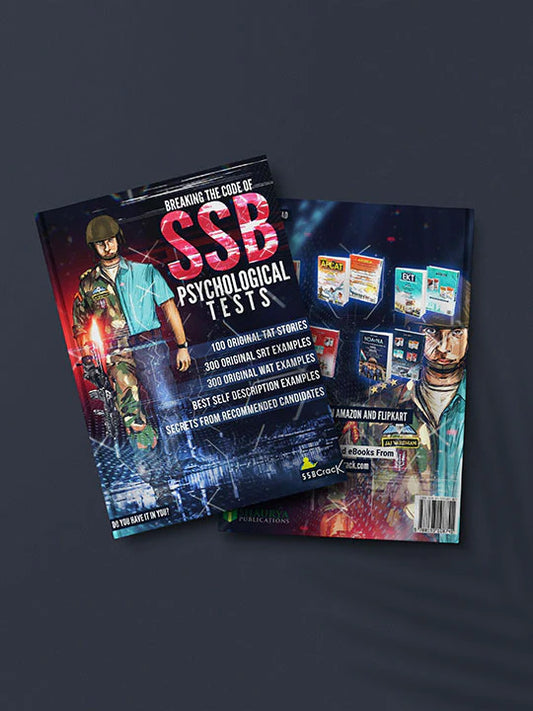

1 comment
I have completed my 10 th board I want to become a ssb army so what subjects as what I have to study for it ?